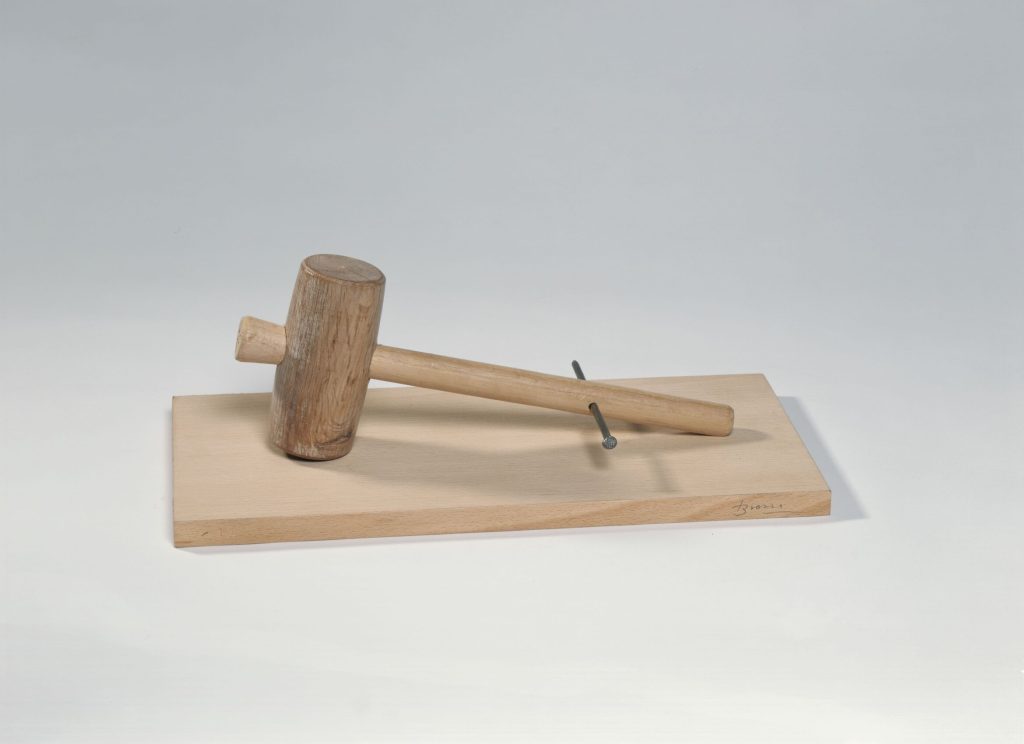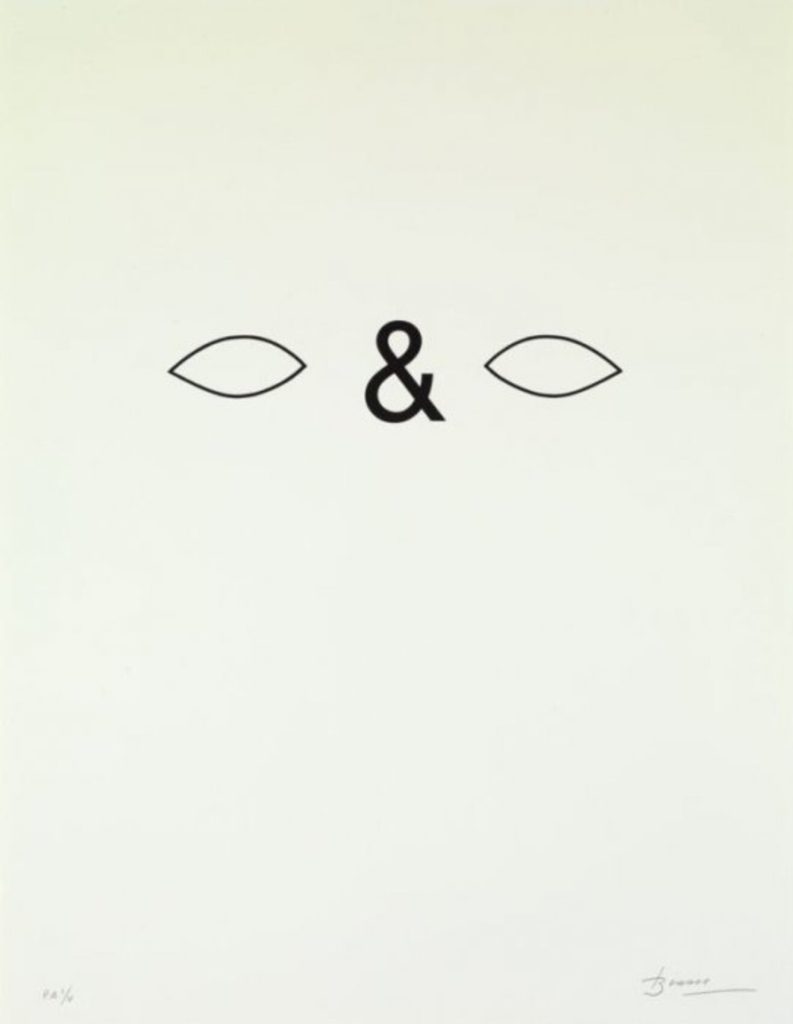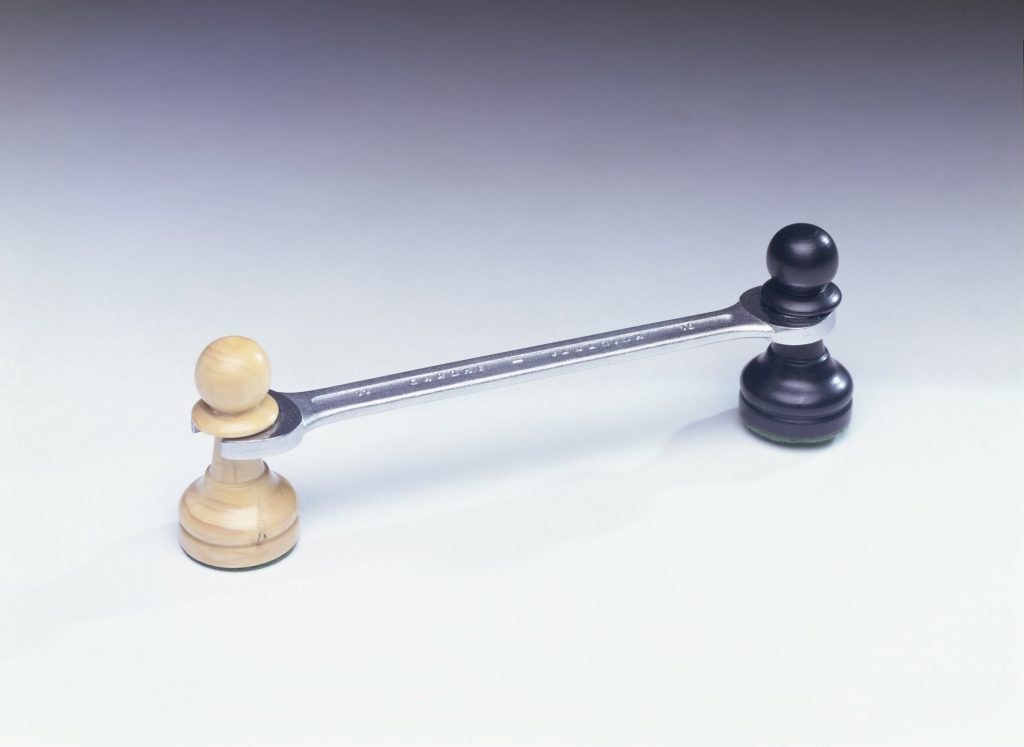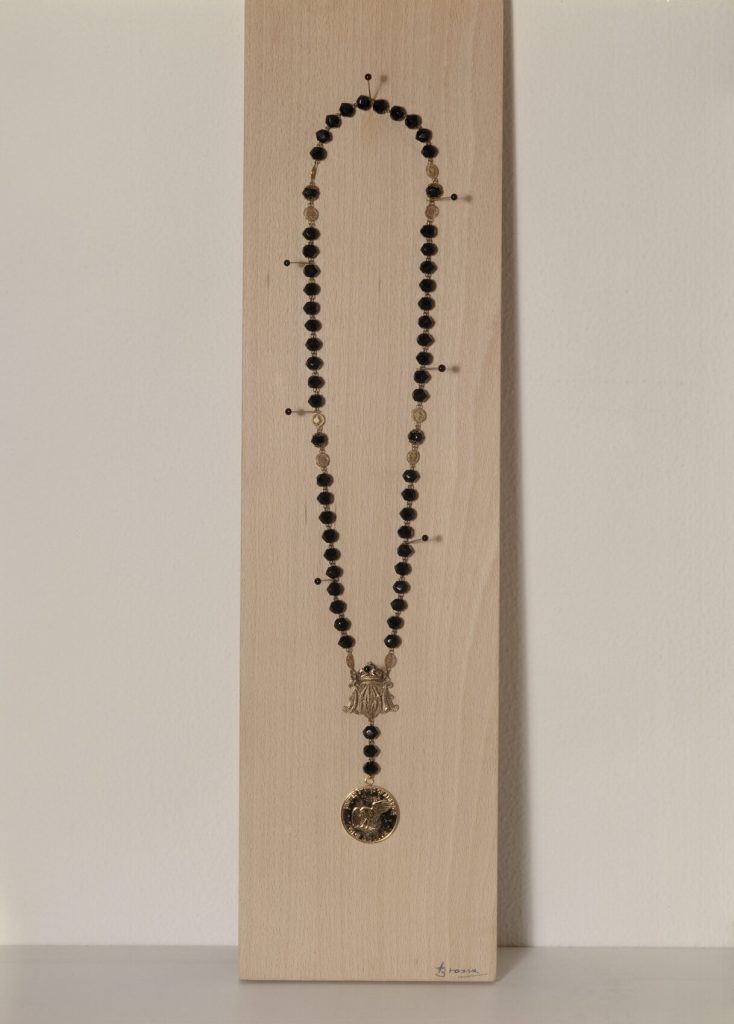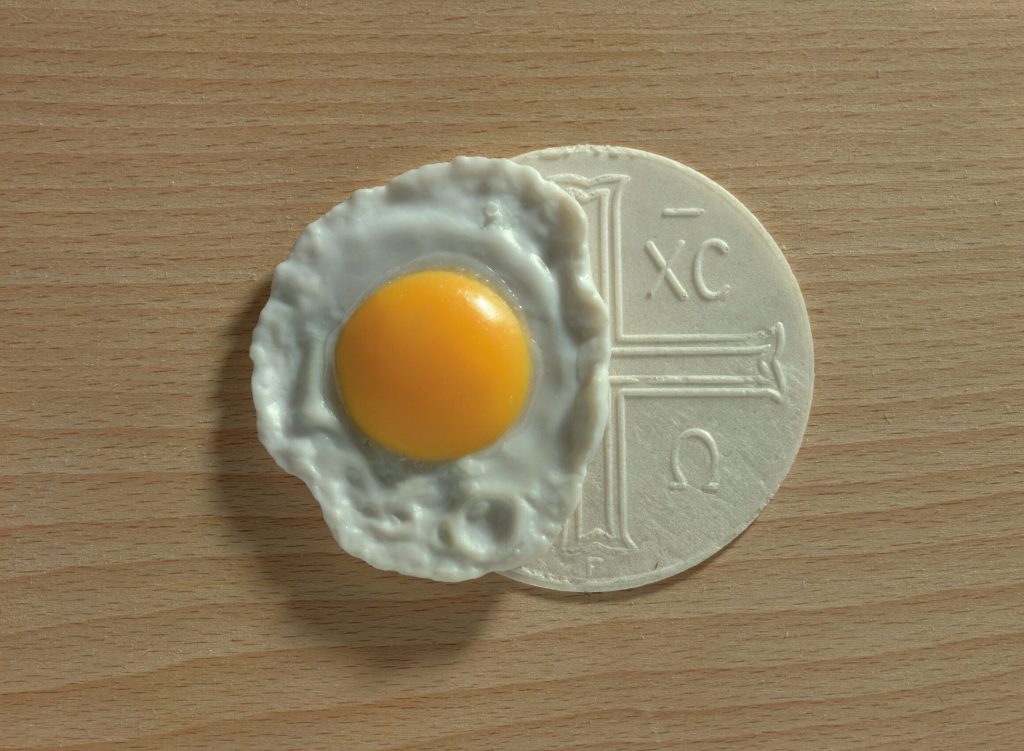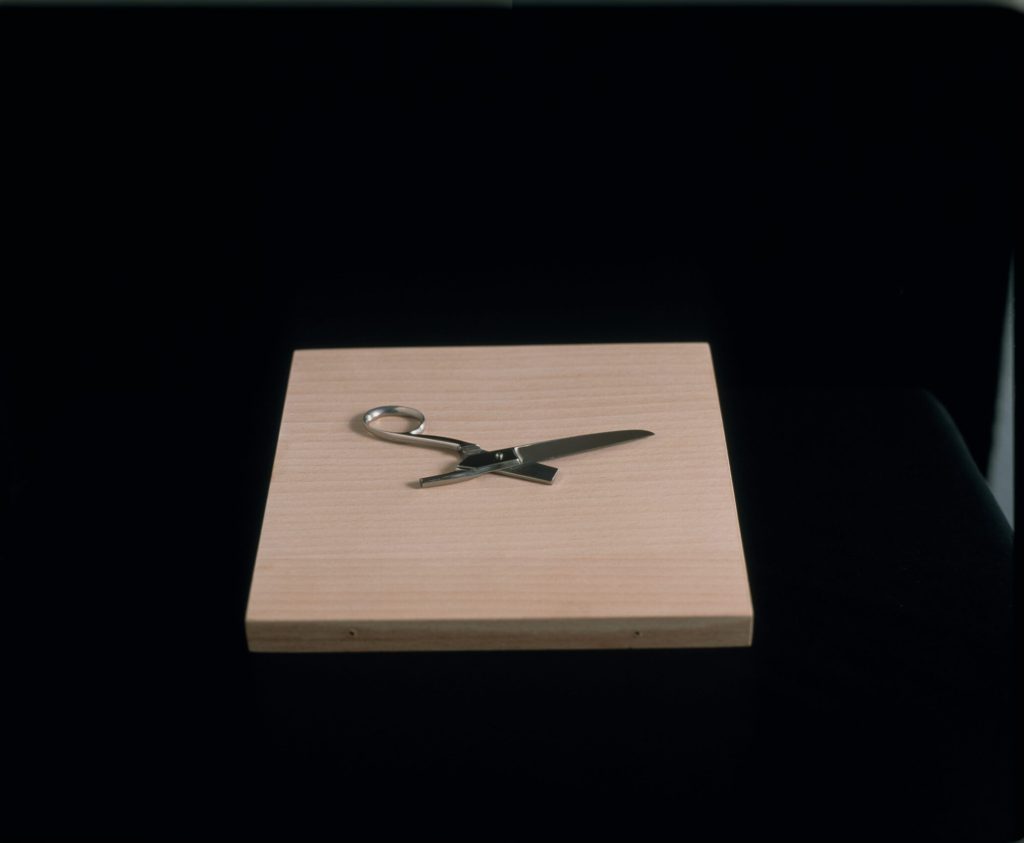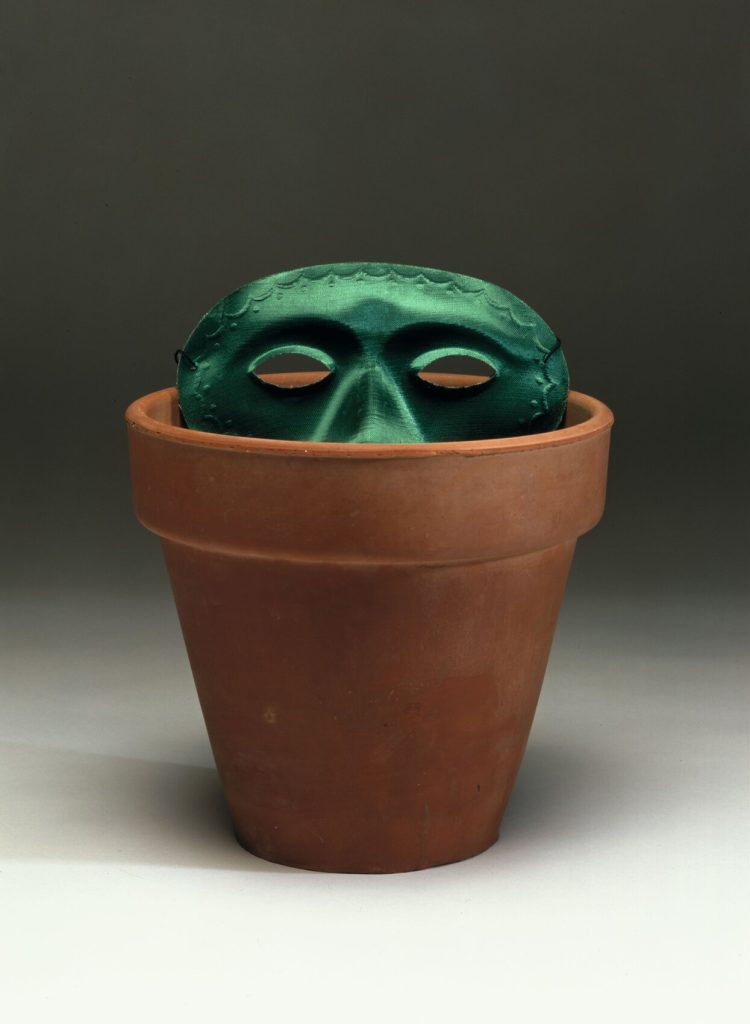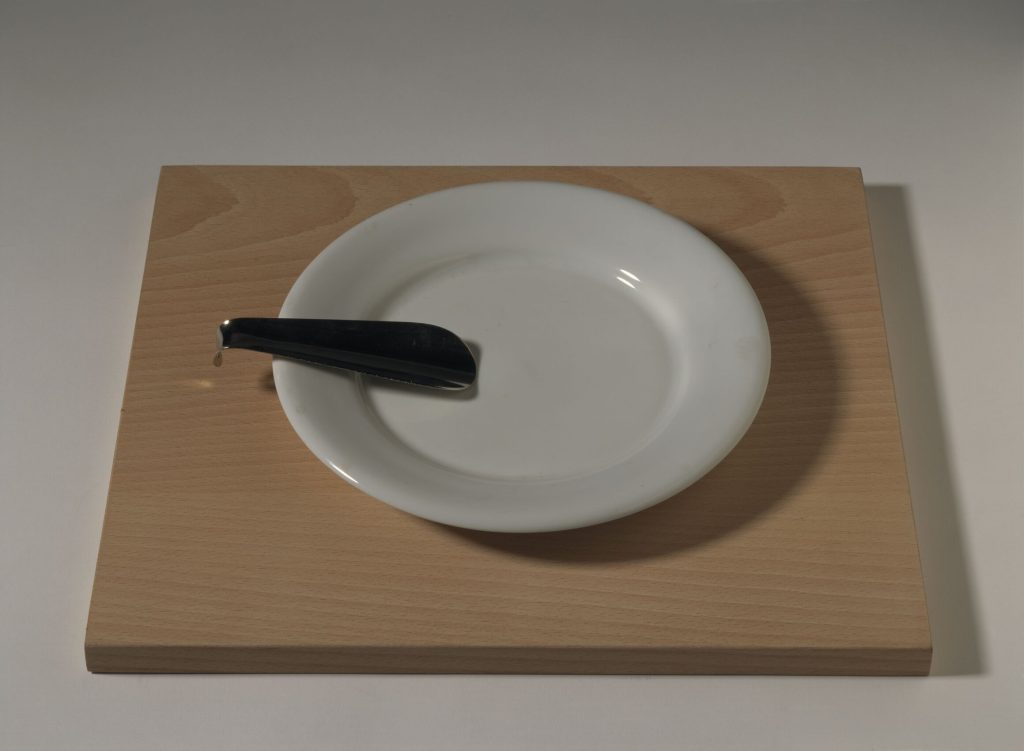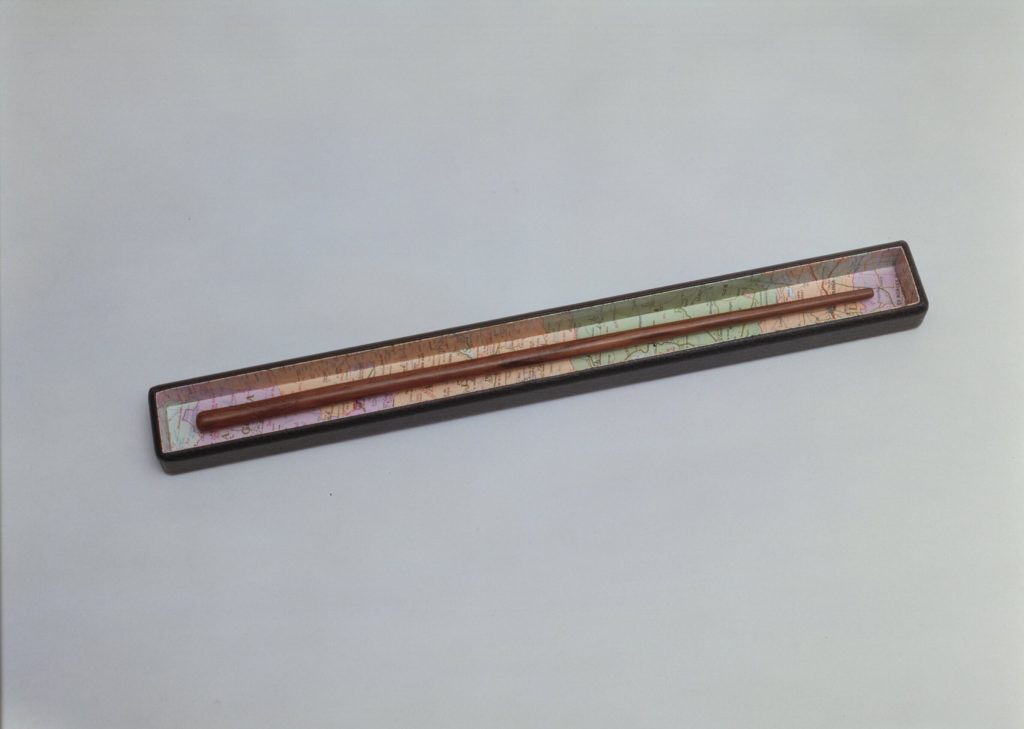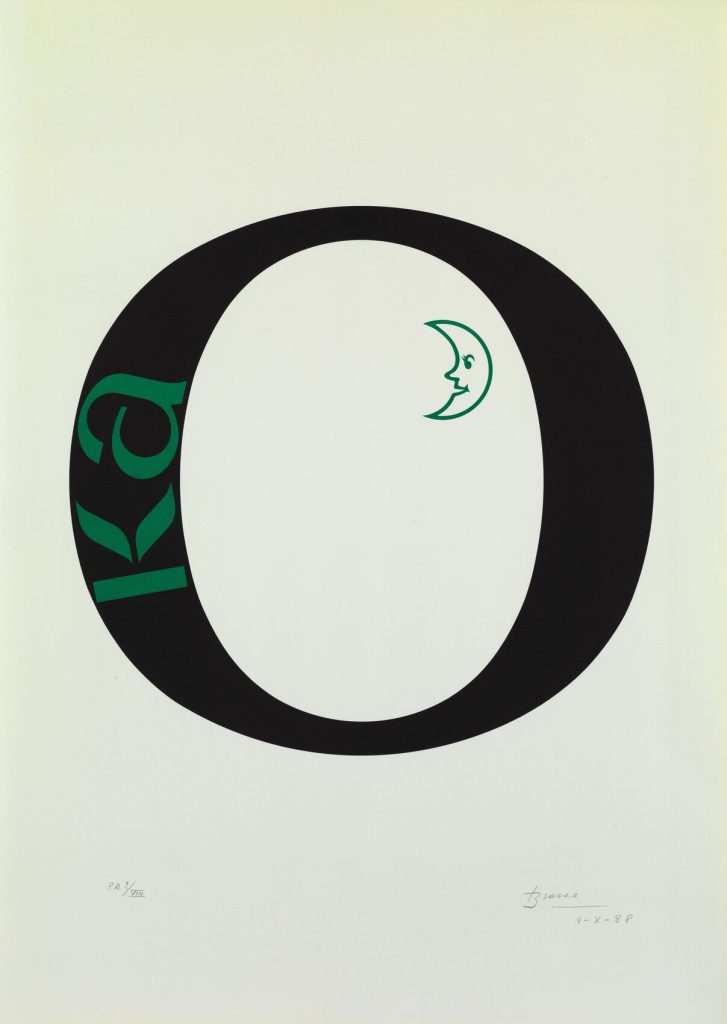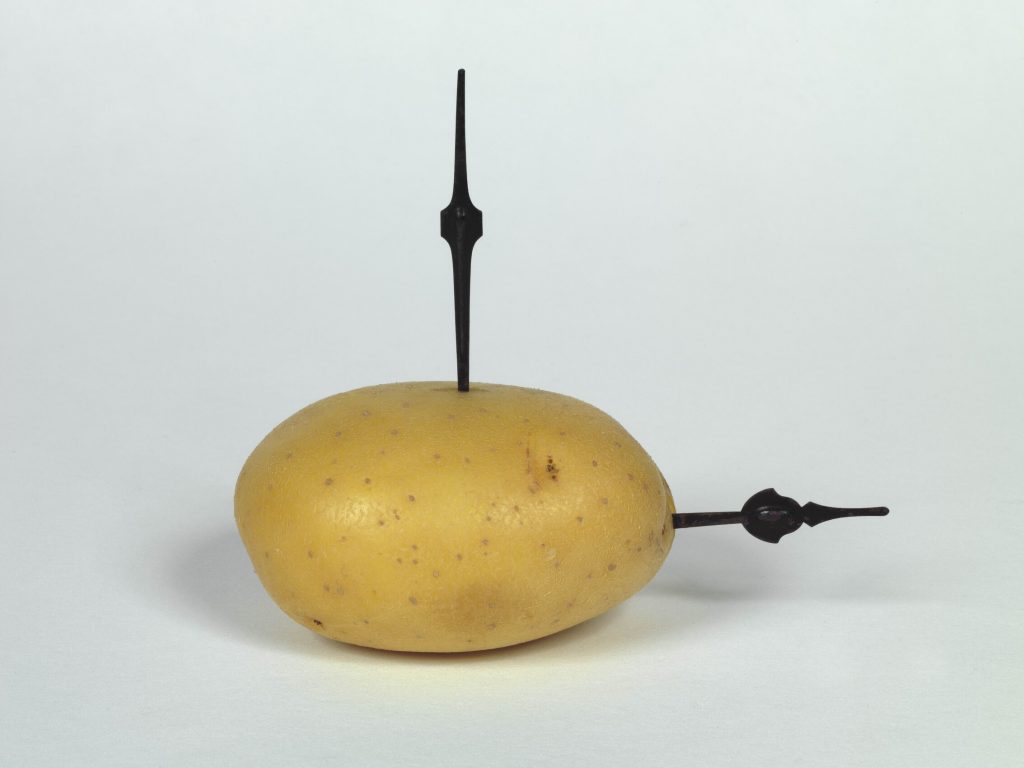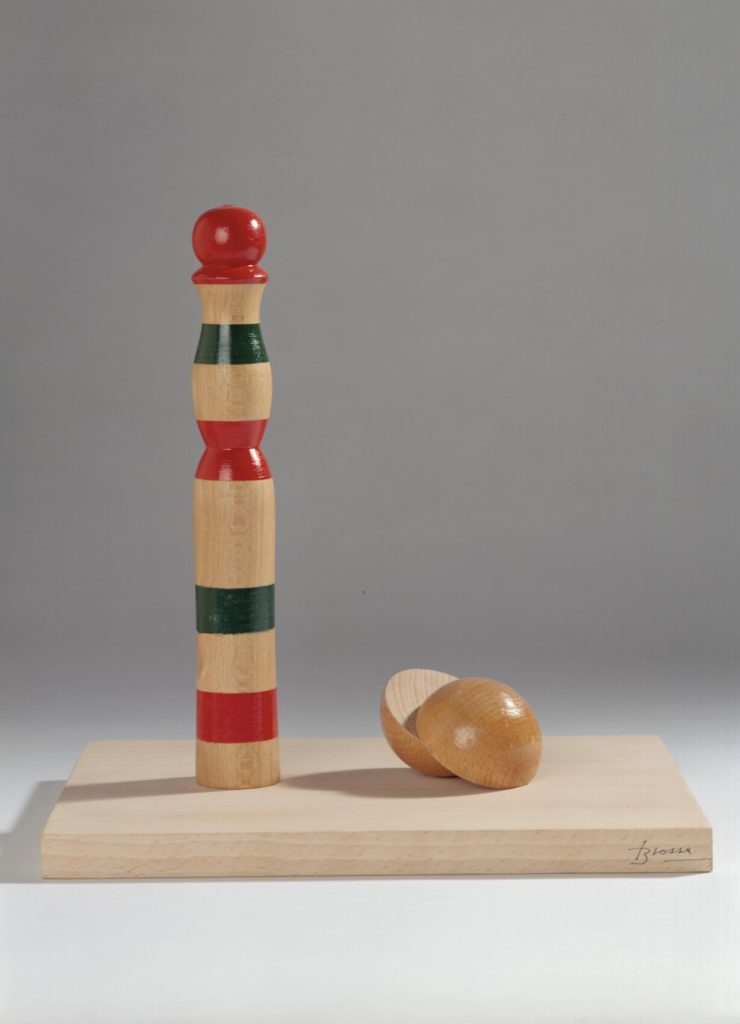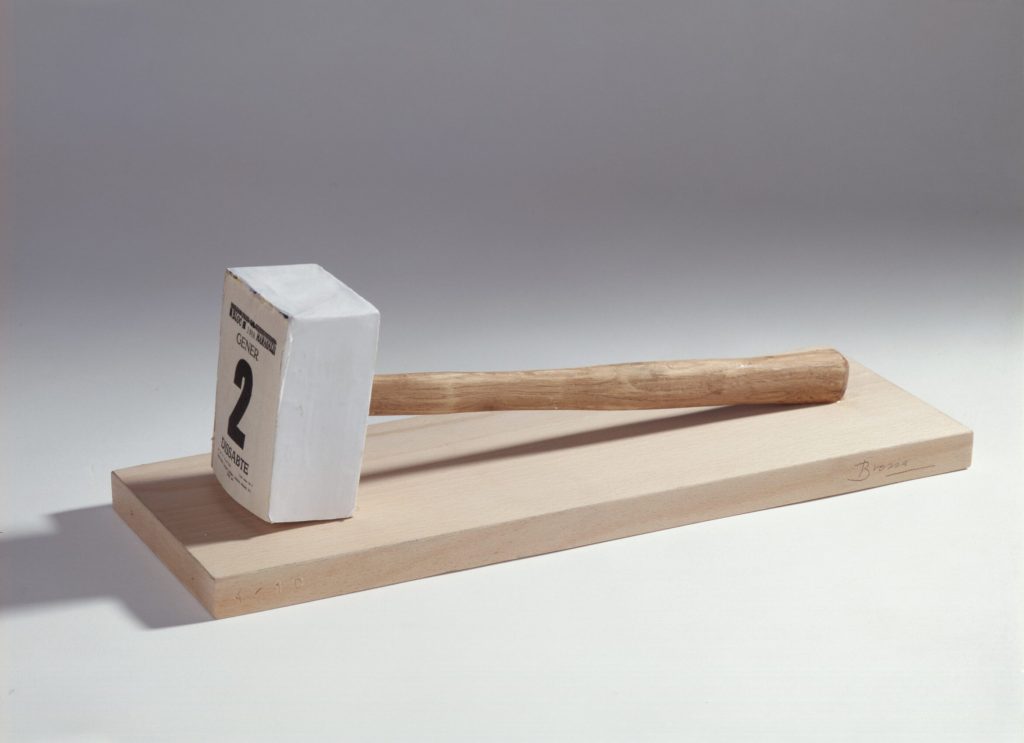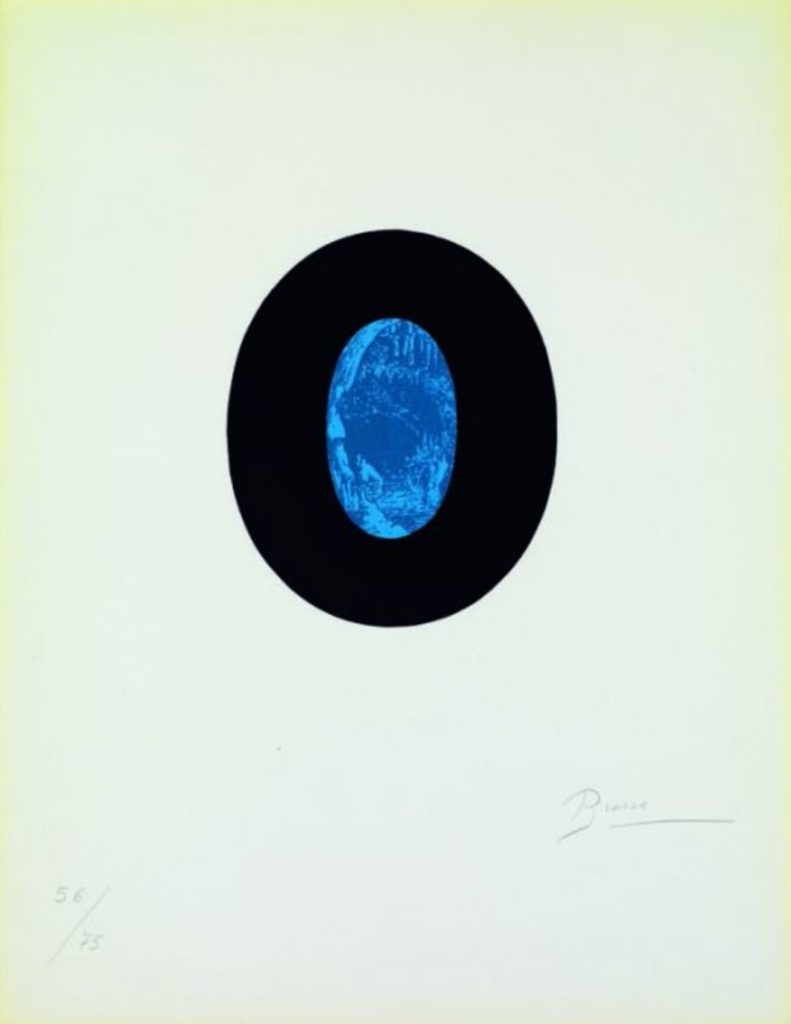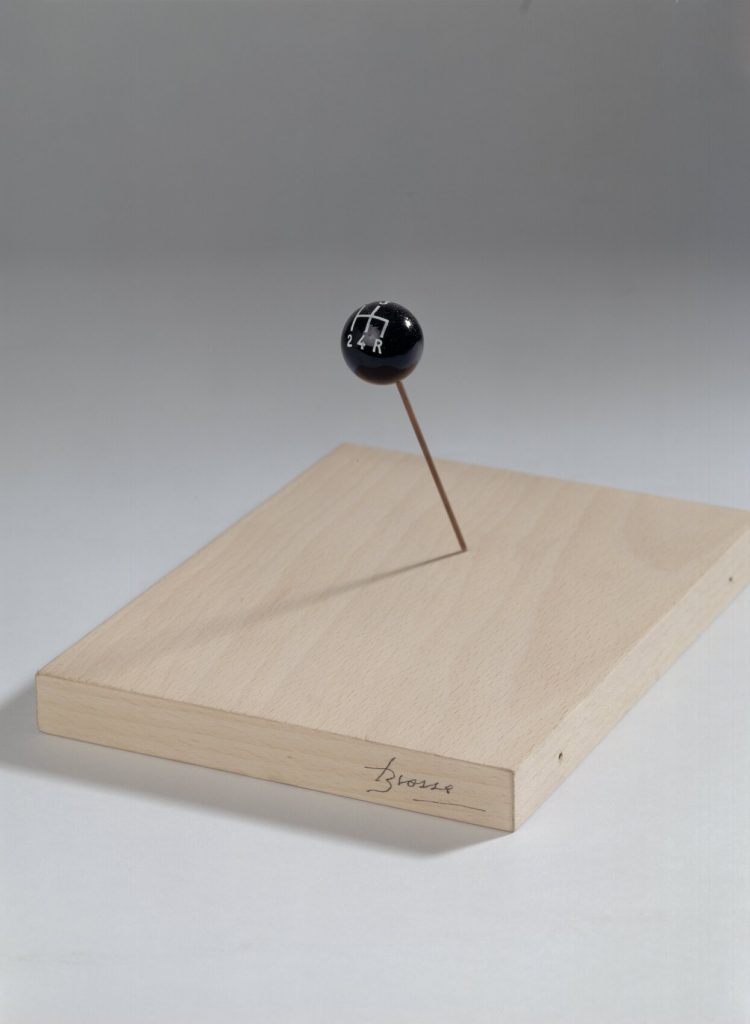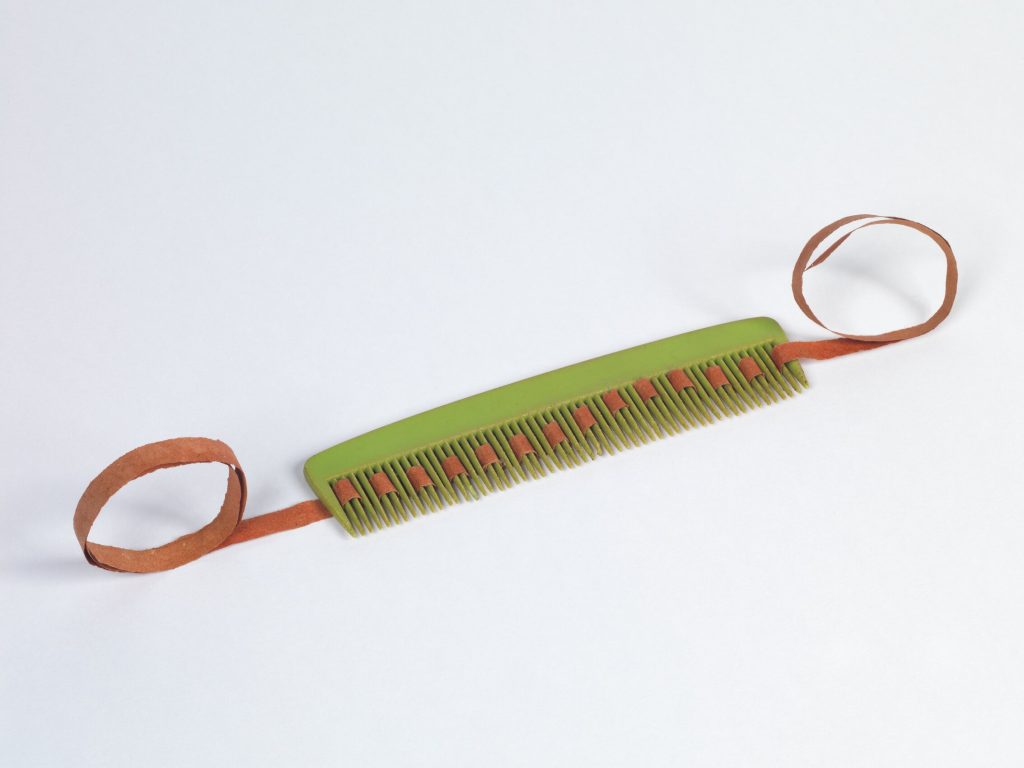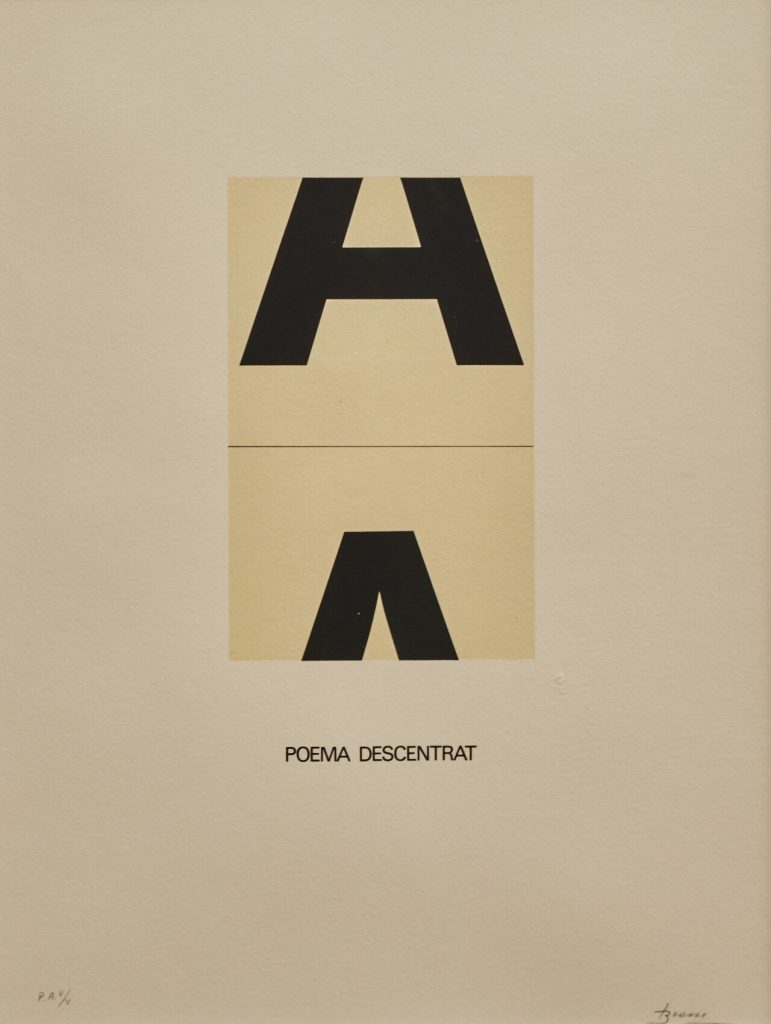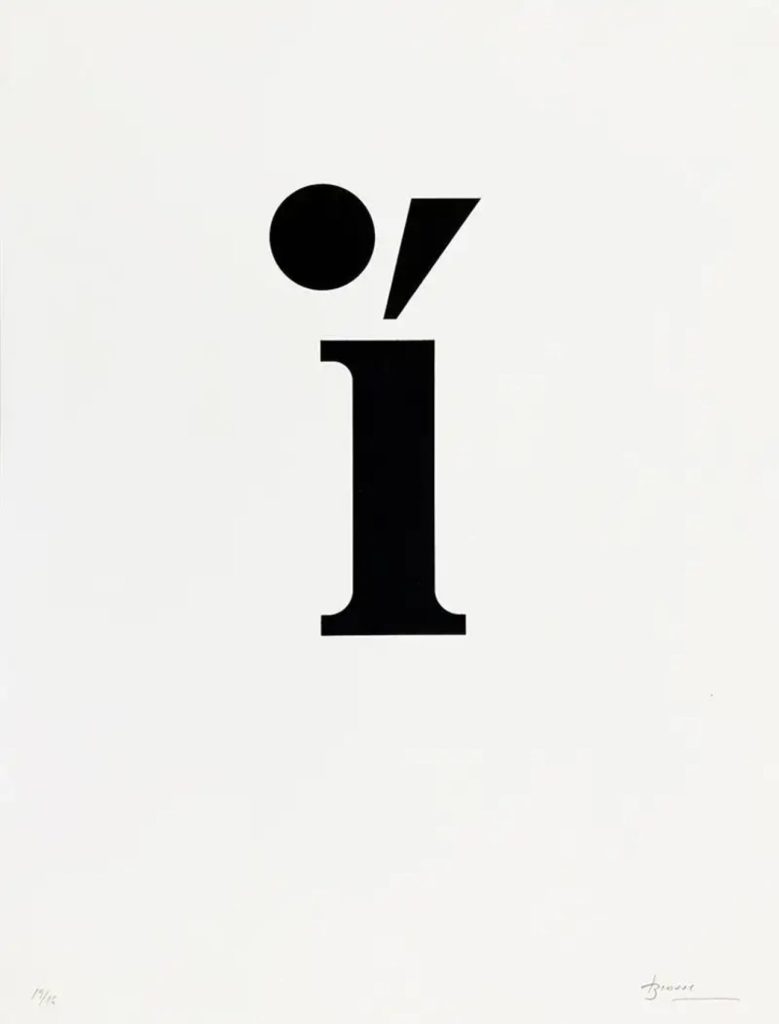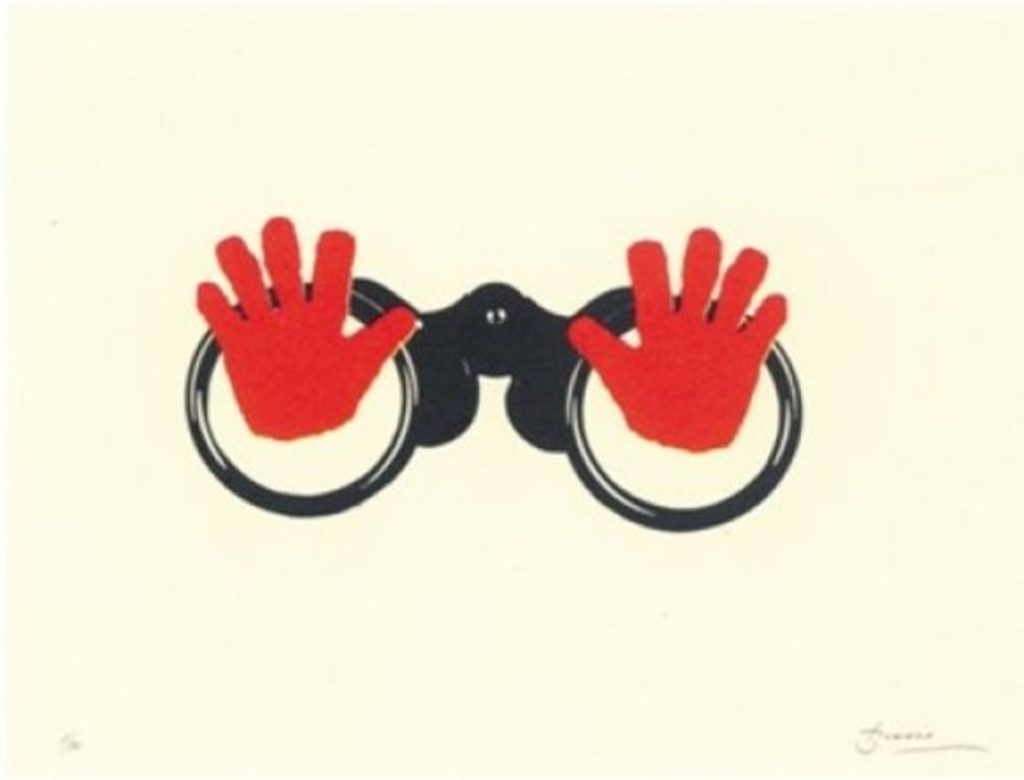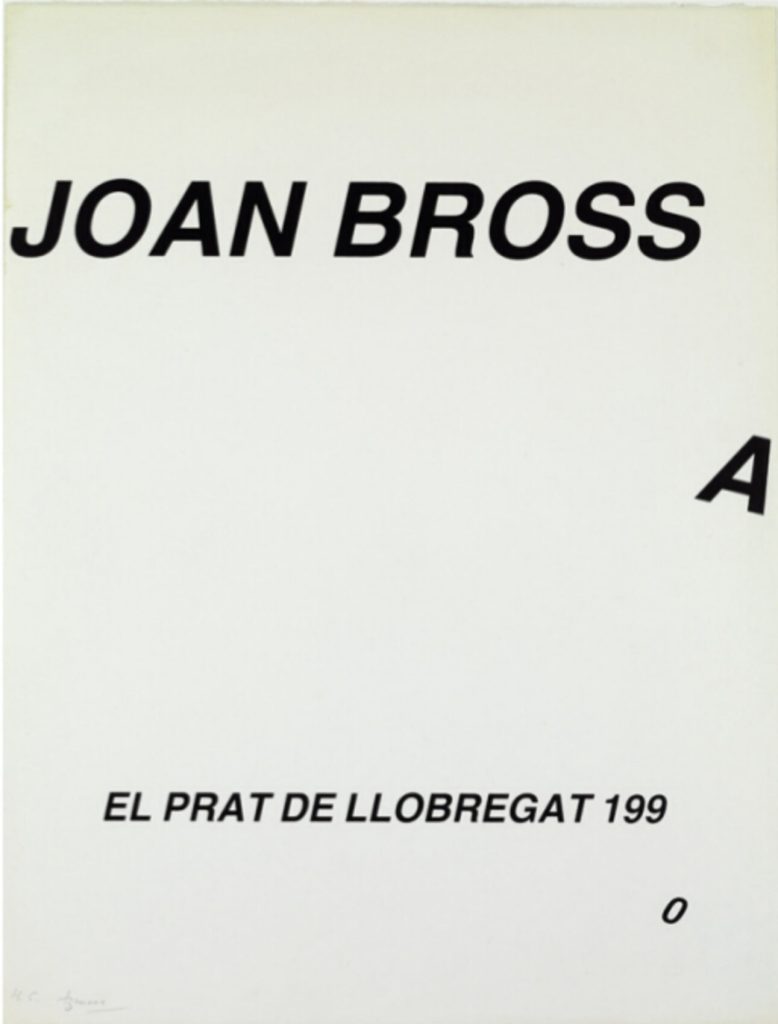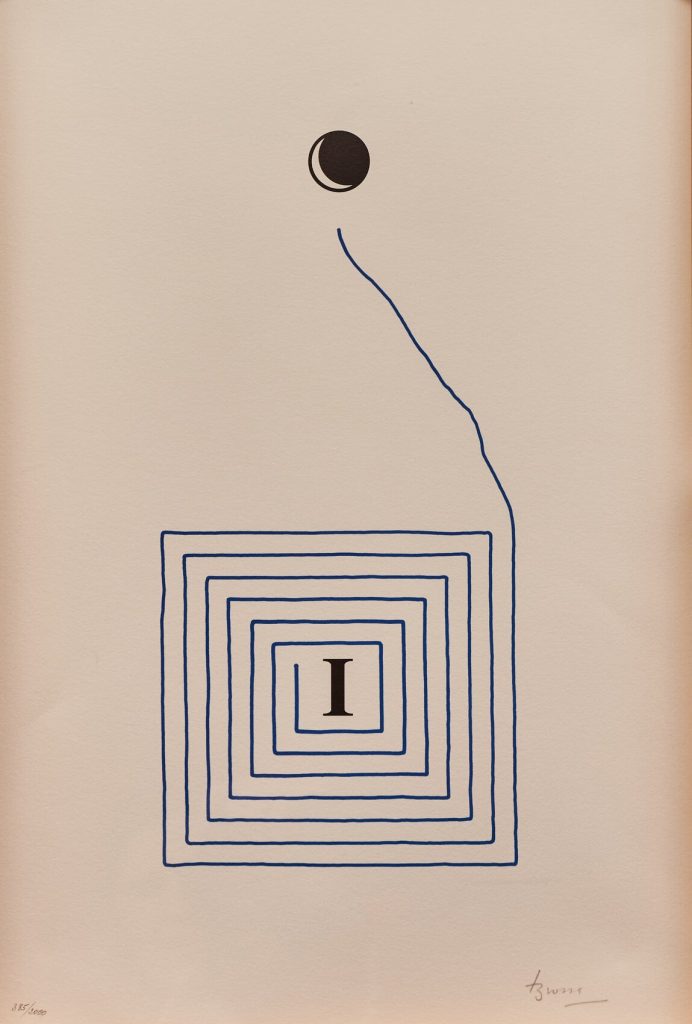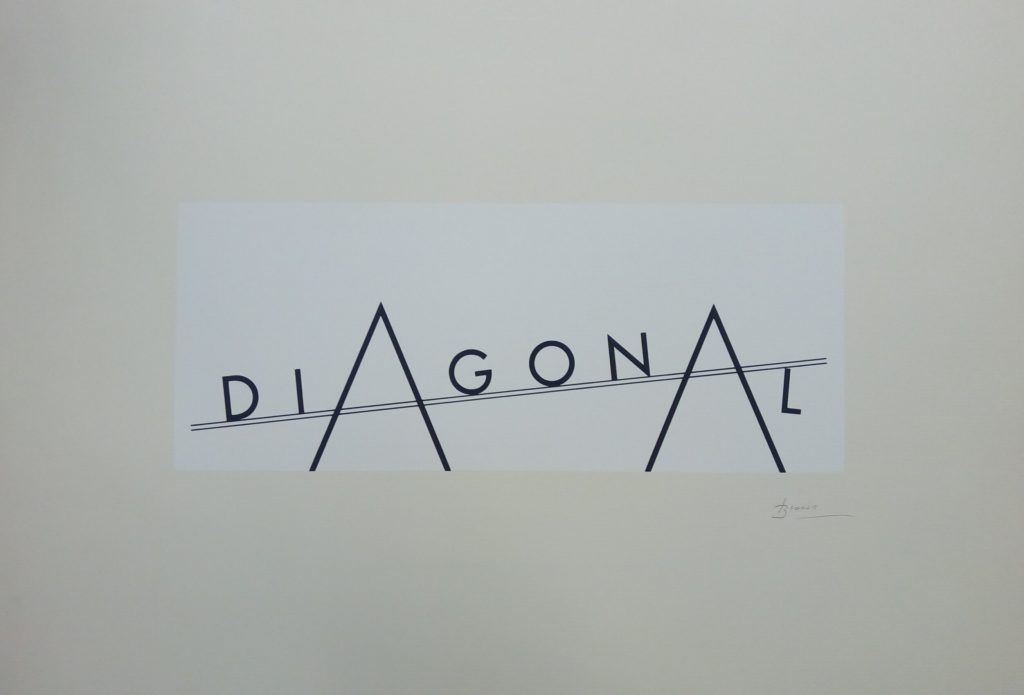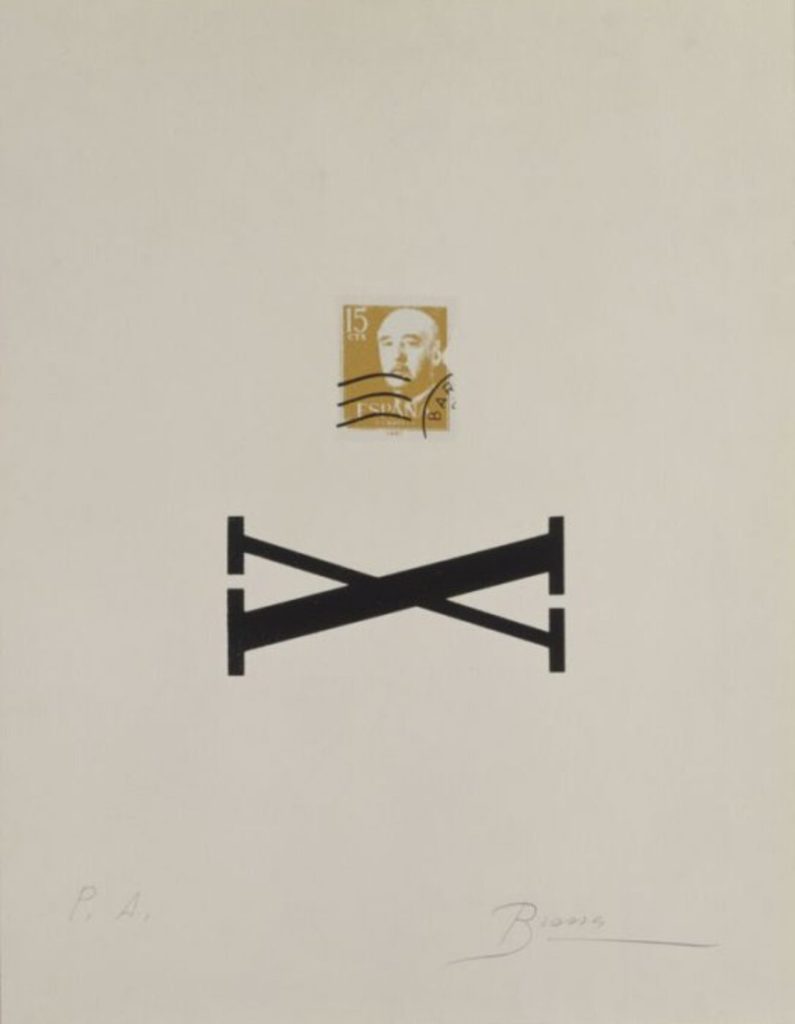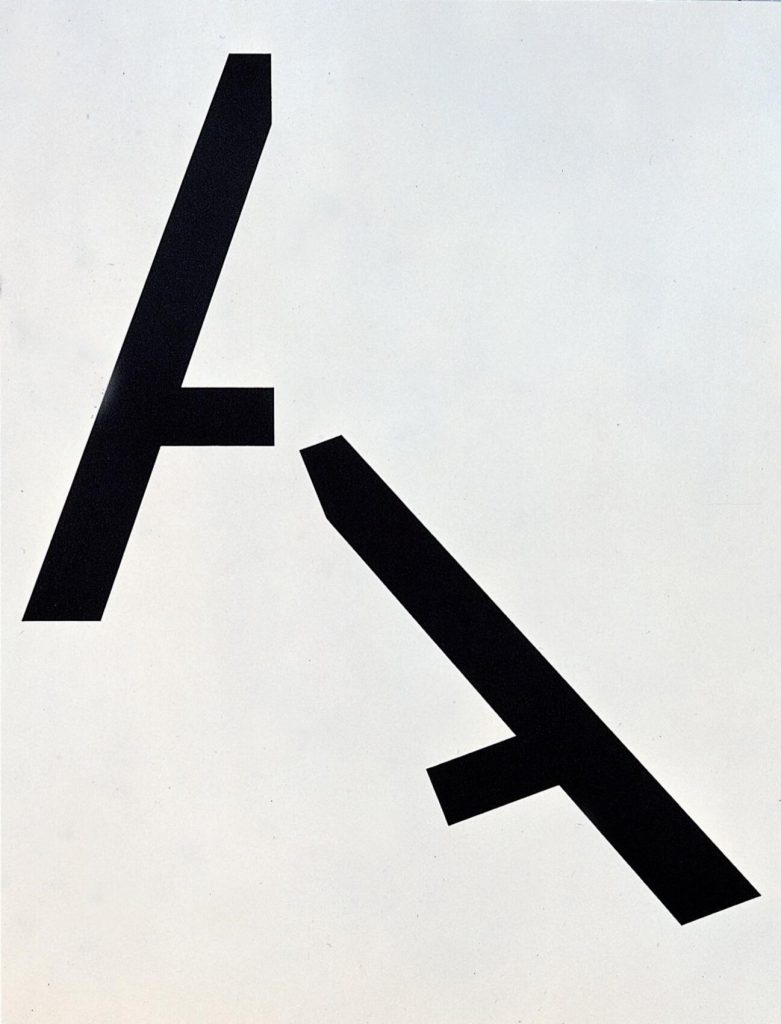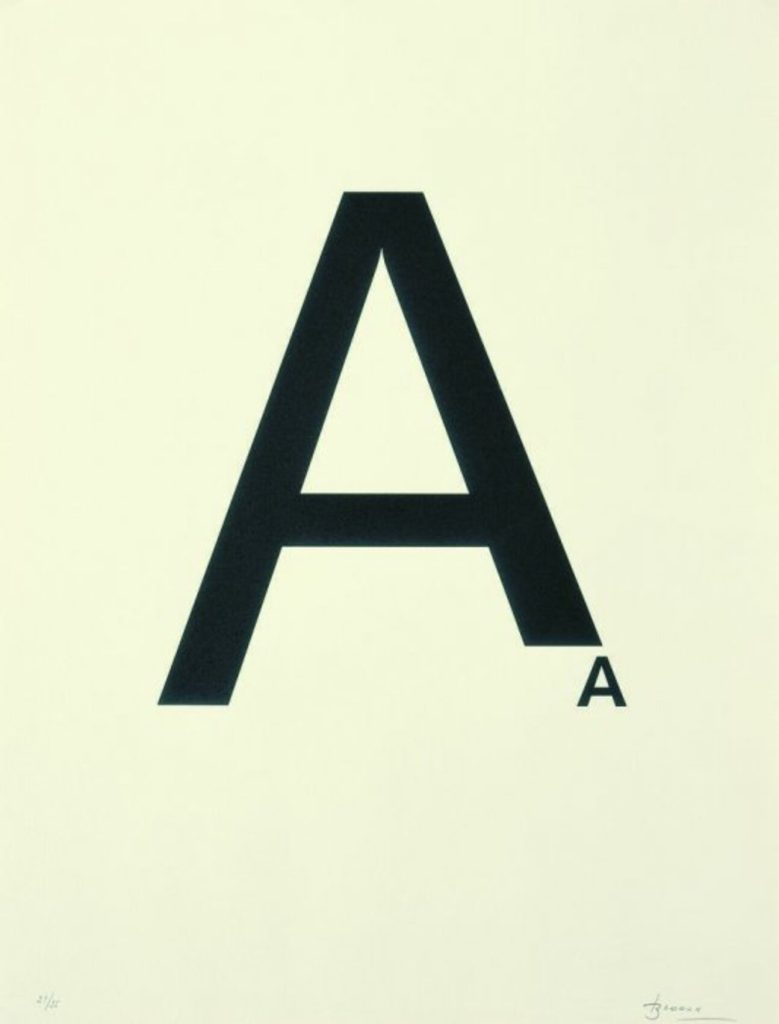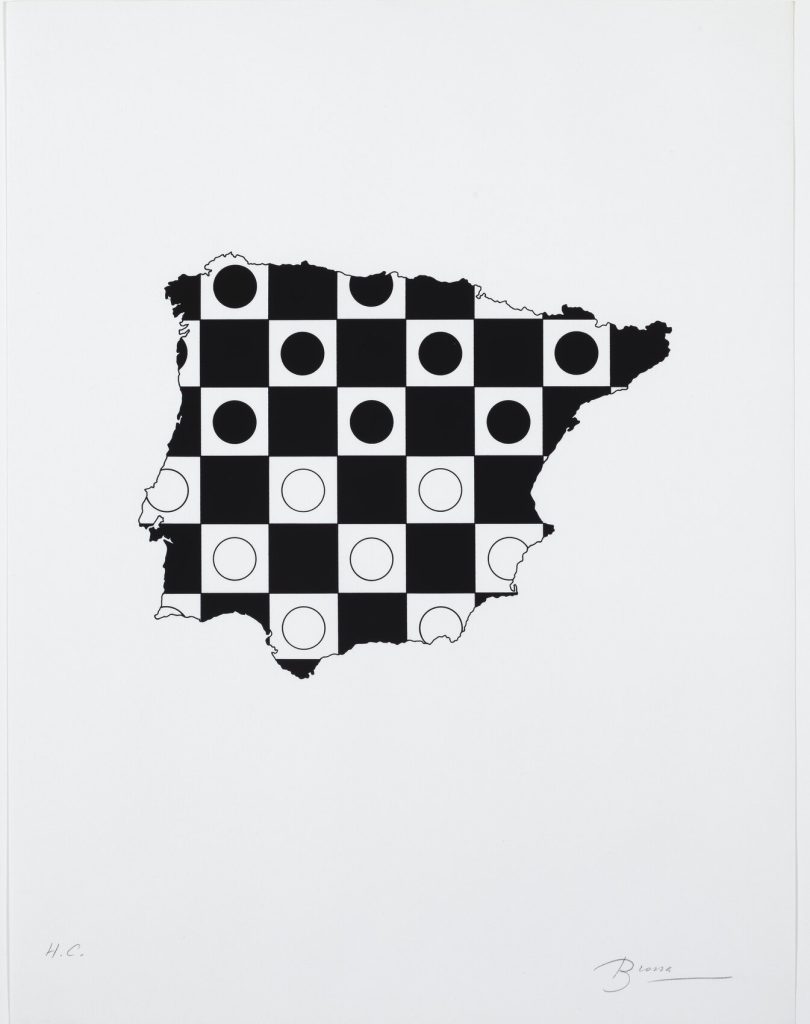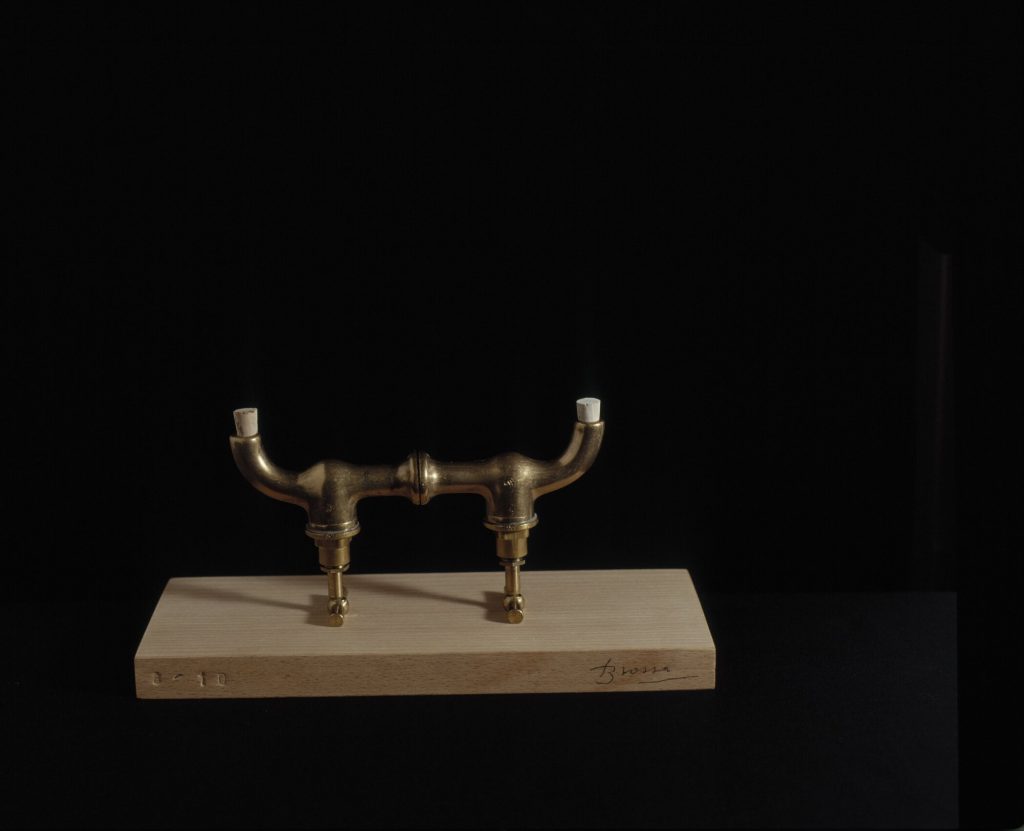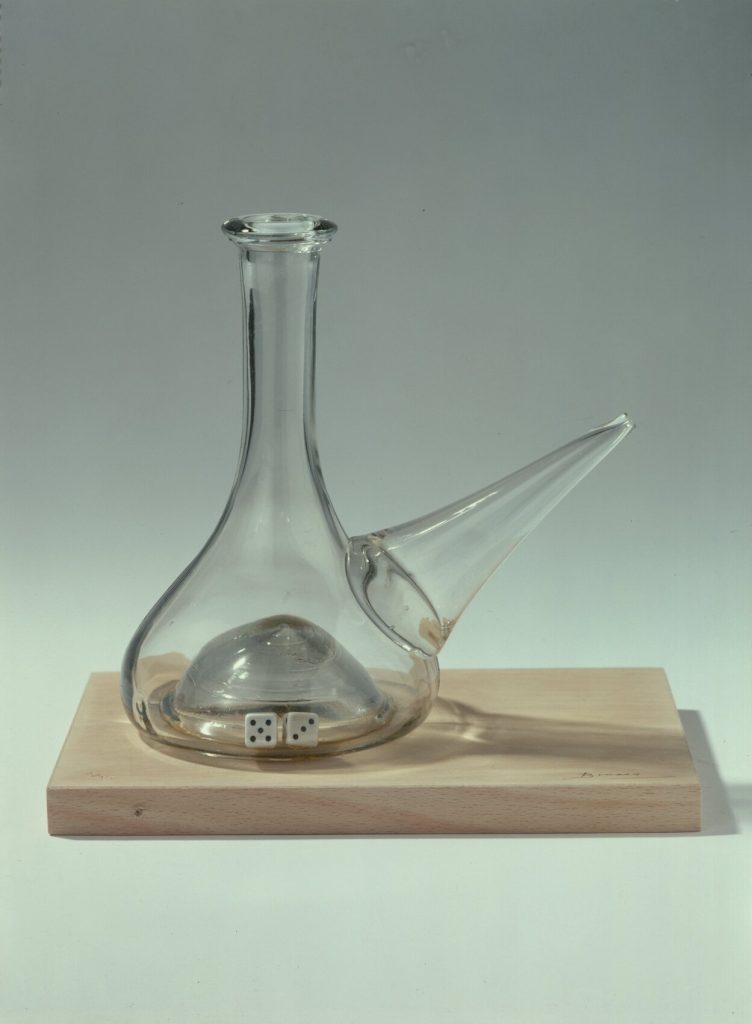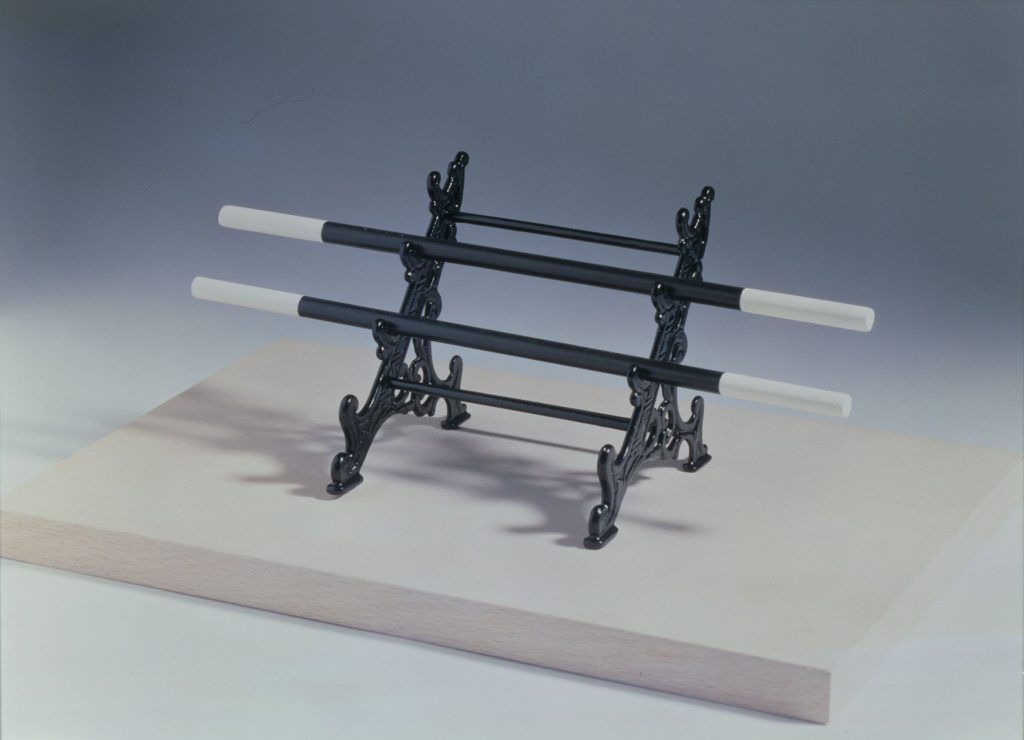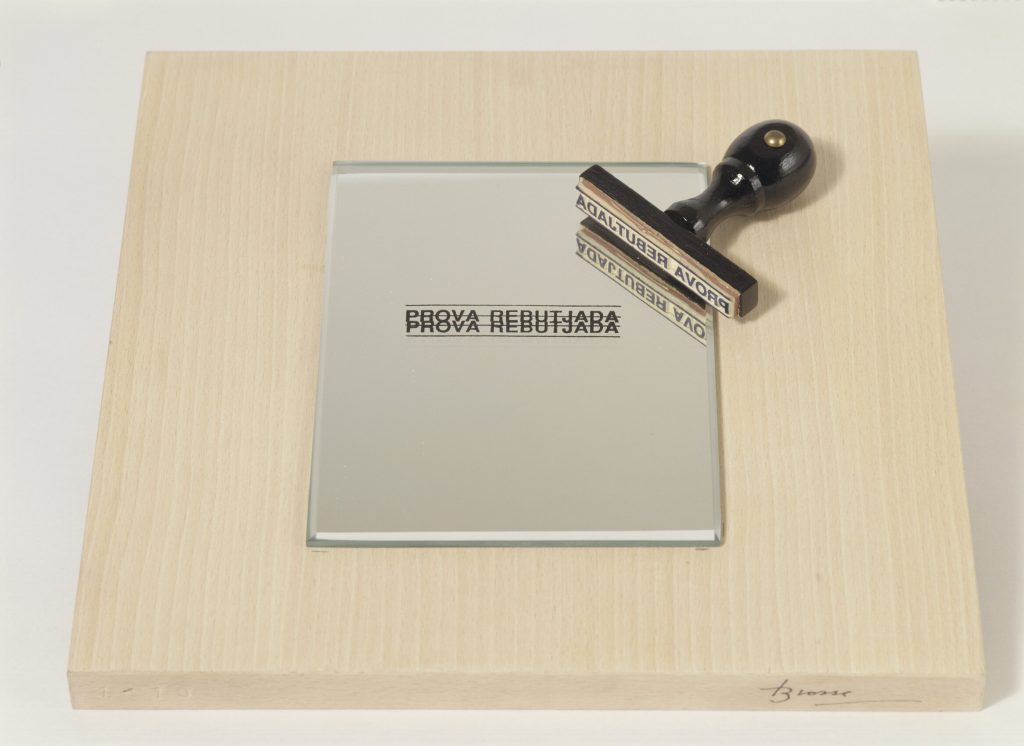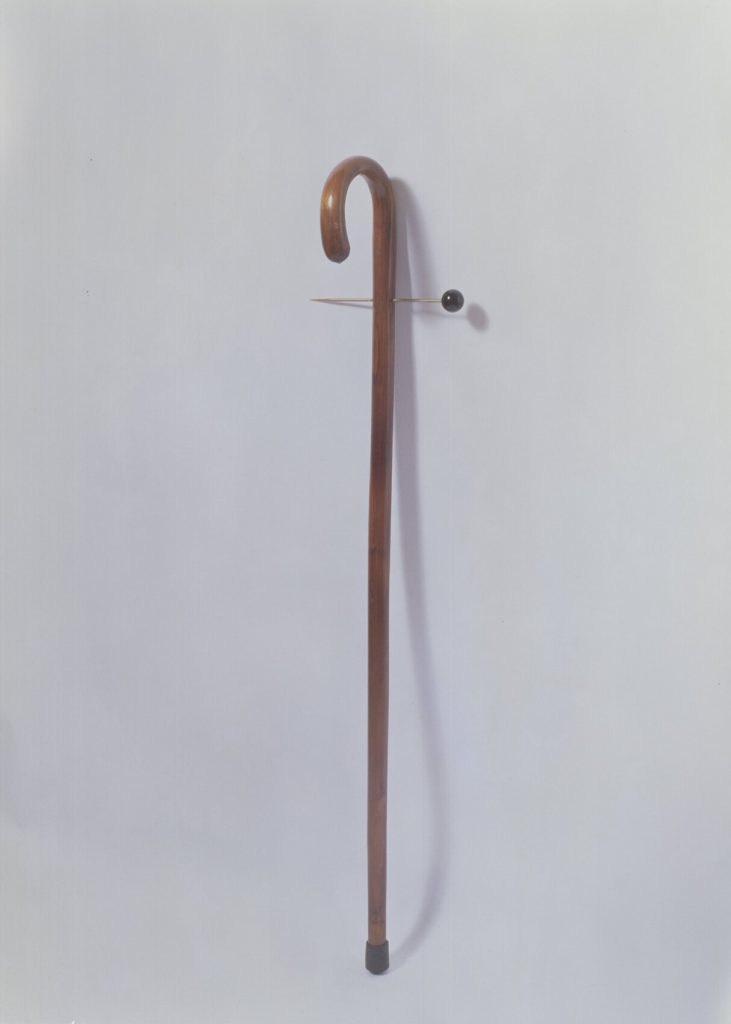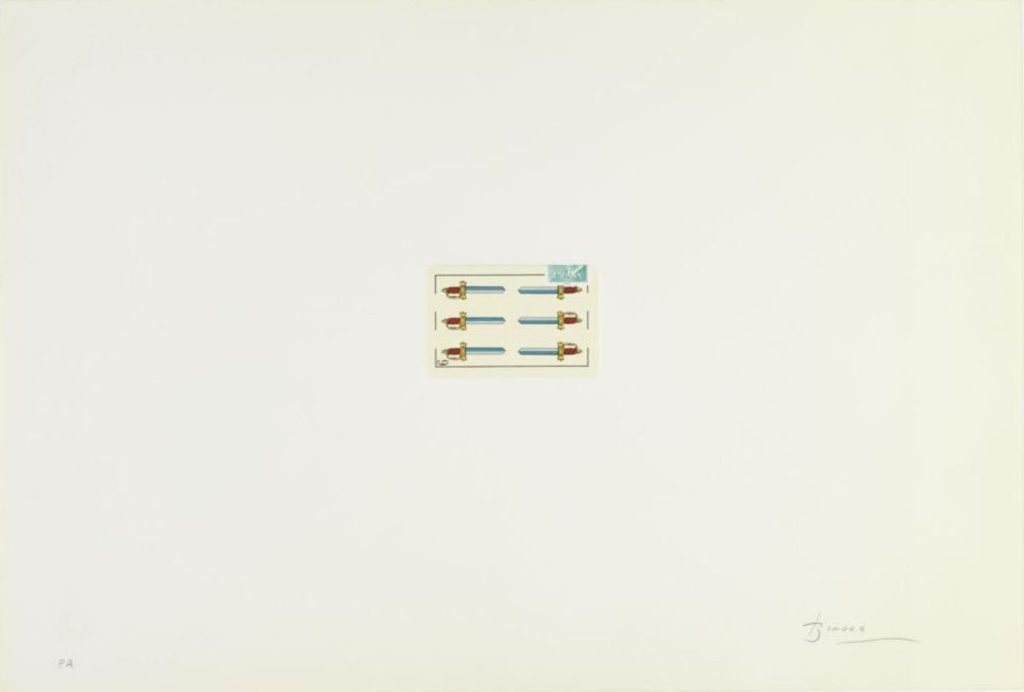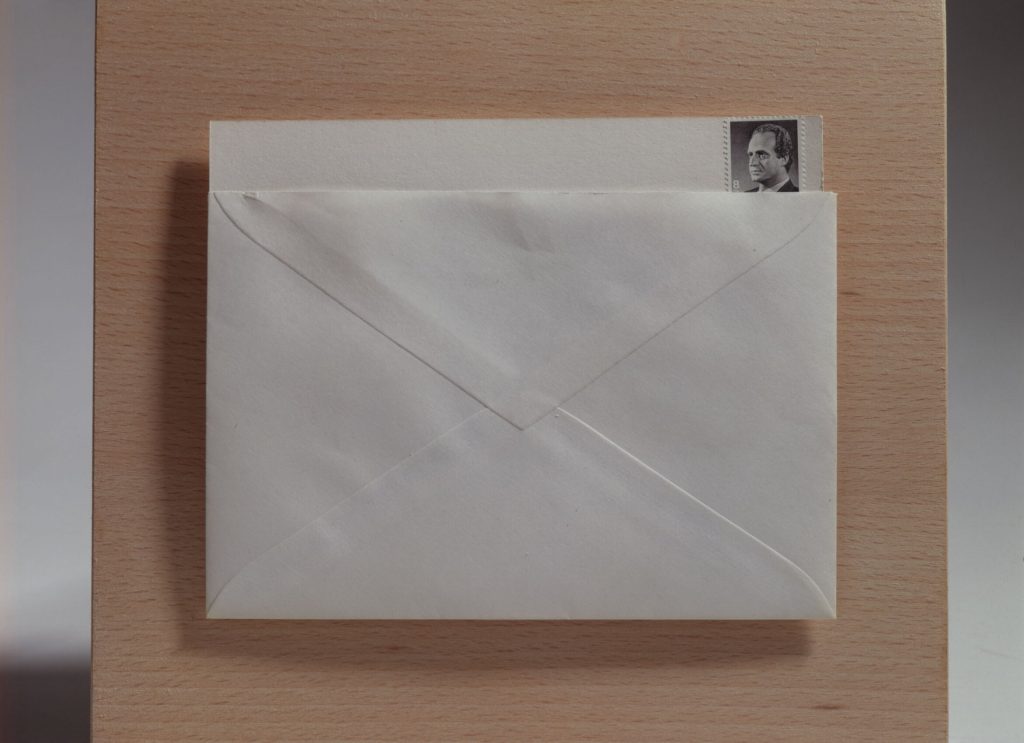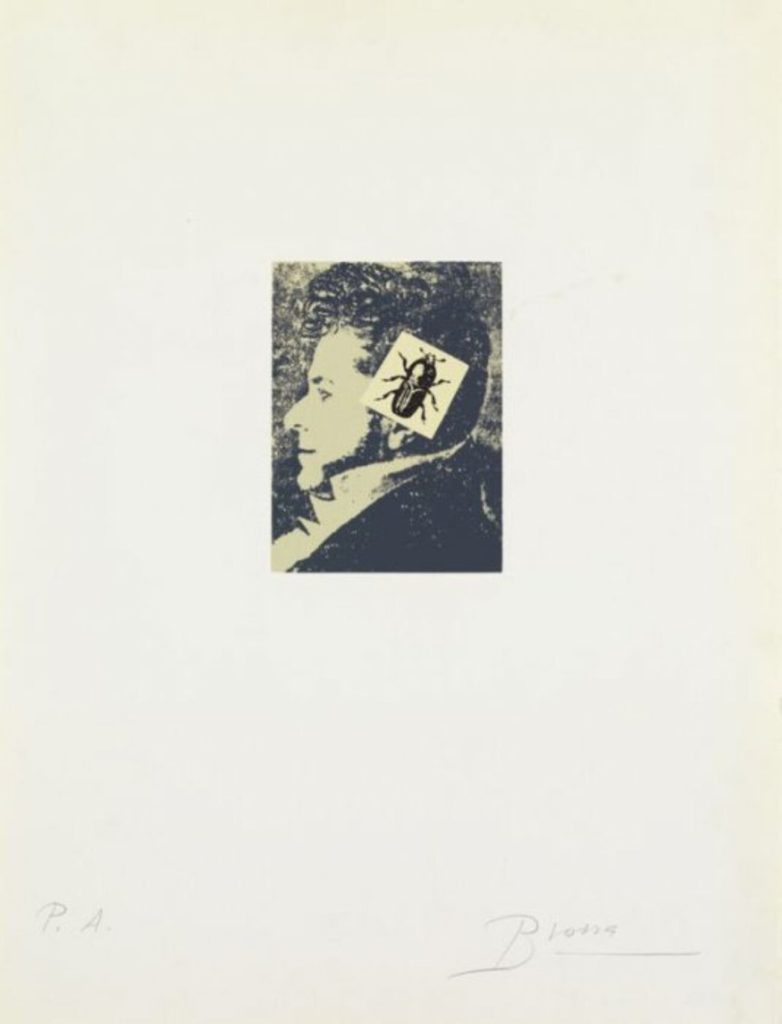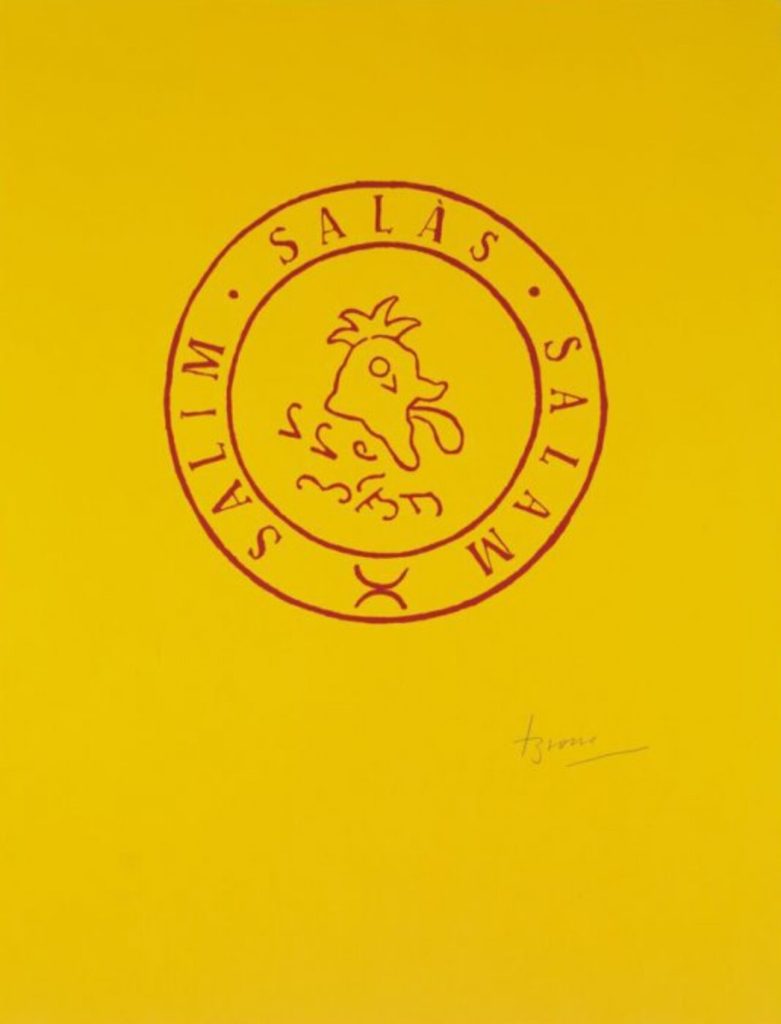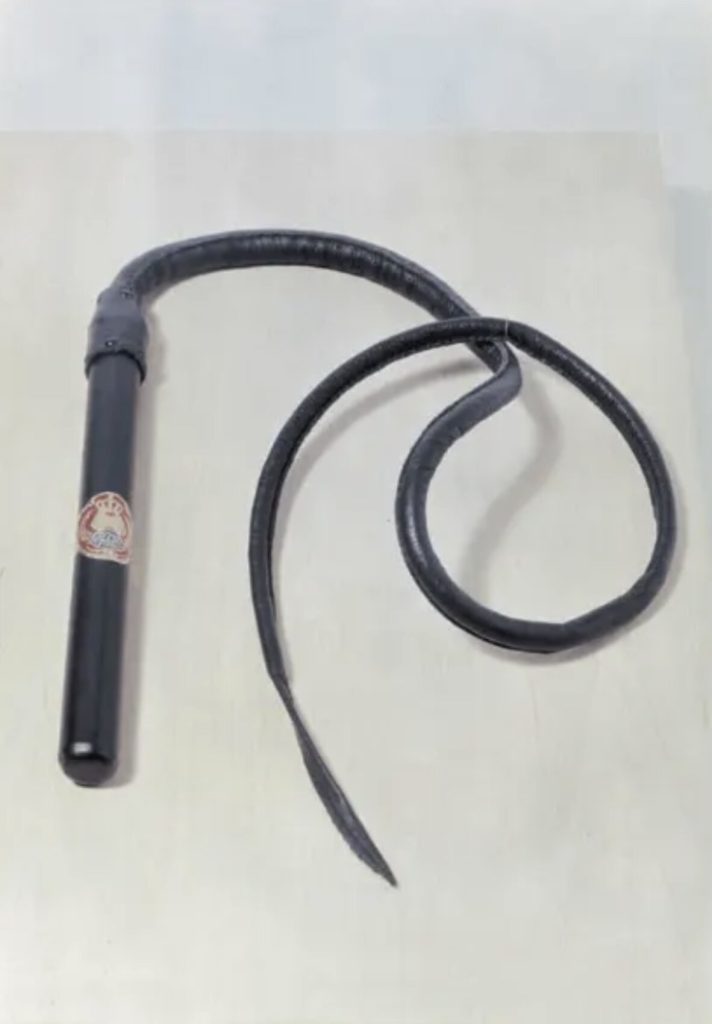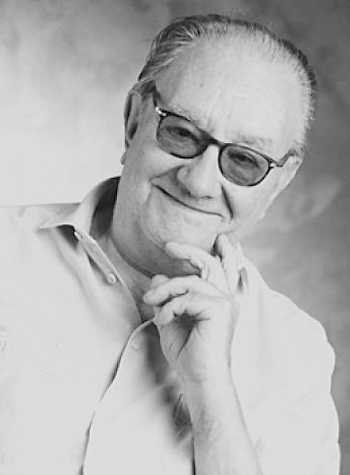
Joan Brossa
1919 - 1998
Born in 1919, Joan Brossa was a renowned, 20th-century Catalan poet whose work encompassed various styles of poetry, including literary, urban, visual and object poetry. Aged 18 he was forced to take part in the Spanish Civil War, followed by a period of military service in Salamanca. At that young age he began to write.
In 1941, Joan Brossa returned to Catalonia and met the poet Josep Vicenç Foix, a surrealist literary exponent of the pre-civil war period. Foix had a great influence on Brossa s work, as did other members of the ADLAN group (a group that promoted avant-garde art...
Born in 1919, Joan Brossa was a renowned, 20th-century Catalan poet whose work encompassed various styles of poetry, including literary, urban, visual and object poetry. Aged 18 he was forced to take part in the Spanish Civil War, followed by a period of military service in Salamanca. At that young age he began to write.
In 1941, Joan Brossa returned to Catalonia and met the poet Josep Vicenç Foix, a surrealist literary exponent of the pre-civil war period. Foix had a great influence on Brossa s work, as did other members of the ADLAN group (a group that promoted avant-garde art in the 1930s), such as the artists Joan Miró and Joan Prats. At their side, Joan Brossa explored the European avant-garde movements of the time, such as surrealism, futurism and Dadaism.
In 1948, Brossa created the disruptive magazine Dau al Set along with the artists Joan Ponç and Antoni Tàpies, among others. The magazine dealt with surrealism and sought to spread the ideals of this movement in Barcelona and its surroundings. Within this social current, Brossa got to know Marxism and his work began to take on a political position, to the point of him becoming a pioneer in what is called Anti-poetry. In his quest for reason, Joan Brossa began to read oriental philosophy, reaffirming the importance of simplicity and balance. These two aspects become transcendental in his visual, conceptual and literary work. From the 1940s onwards, the author began experimenting with visual poems, also known as calligrams, and he began including them in his collections of literary poems. He created a total of fifteen hundred visual poems throughout his career, which were grouped in different ways, silkscreened and featured in several public and private collections. In 1943 he also began to experiment with object poetry and urban poetry with Miró and Tàpies. This kind of poetry consists of poeticising objects and making them into a critique or a story. Among his most notable works are the object poem the light bulb (1967) and the urban poem (1984) in the Horta racetrack, Barcelona.
In 1970 Poesia Rasa, a compilation of seventeen books of poetry by Joan Brossa, was published. This collection was widely distributed and broadly rejected by the Catalan literary scene of the time. Several of the poems were even censored. Brossa continued to publish, including Poemes del Seny (1977) and Rua de Llibres (1980), until his last official publication, Ball de Sang, in 1982.
Subsequently, he Brossa was recognised for his conception of poetry with the Crítica de Serra D Or award on five occasions between 1971 and 1996, the UNESCO Picasso Medal (1988) and the Gold Medal for Merit in Fine Arts in 1995, among others.
Visionary and abstract, Joan Brossa s was a unique experimental career, embracing various aspects of poetry in the most creative way.
